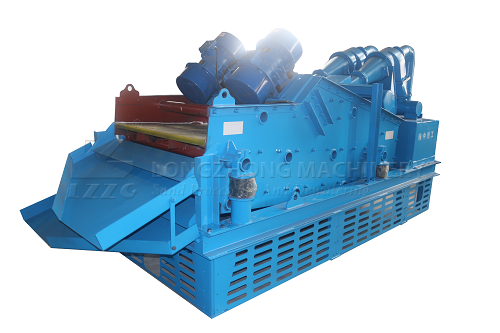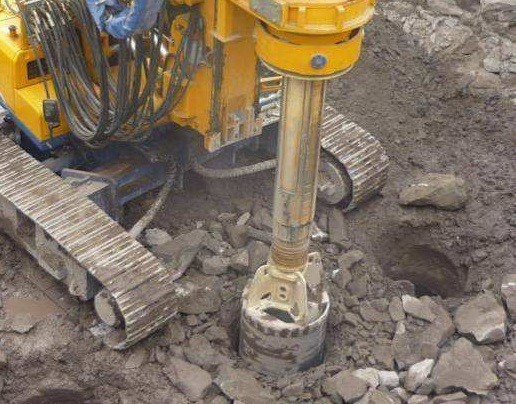Treatment of piling mud in building construction
 April.21,2021
April.21,2021
The pressure of the building on the ground is huge, and the ground must be sufficiently strong. Through pile driving, most of the weight of the building is transmitted to a deep position below the ground through the pile, because the foundation of this position is much more capable than the ground. A large amount of mud may have to be processed in the process of piling. How to treat the mud with good effect?
Waste mud treatment plan
1. Build a sedimentation tank on the construction site, first discharge the sewage into the sedimentation tank, remove suspended solids and oily substances and neutralize them, and discharge them into the river after the detection reaches the discharge standard.
2. In the process of drilling and pouring, screens are used to separate small gravel, sand and other solid particles in the mud, and the mud is discharged to the first settling tank, the second settling tank to the third settling tank, and it is fully settled. During the construction process, excavators are used to clean up the primary, secondary, and tertiary sedimentation tanks in time, and the cleaned-up sediment will be transported to the evaporation tank, and after it is naturally dehydrated and solidified, it will be transported to the storage yard or spoil yard.
3. For waste mud water, add a flocculant to the mud water. Since the mud water is a suspension liquid containing a certain amount of fine mud particles in the water, the polymer flocculant is a type of water-soluble polymer. When the mud water is mixed, because the flocculant has the functions of bridging, net trapping, adsorption and electrical neutralization, it can destroy the stability of the mud water, make the mud particles quickly agglomerate and settle from the water, so as to achieve the mud-water separation effect.
Treatment of mud and scum mixture
1. The sludge cleaned in the sedimentation tank is transported to the evaporation tank to be naturally dehydrated and solidified.
2. The dewatered drilling ballast is either transported to a storage yard or backfilled in a borrow pit.
3. The dry mud formed after natural dehydration and solidification is backfilled into the abandoned mud pool on site.
4. The sedimentation mud ballast is transported to the evaporation tank, and the clean water is recycled.





